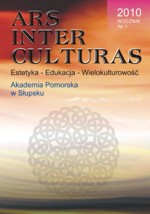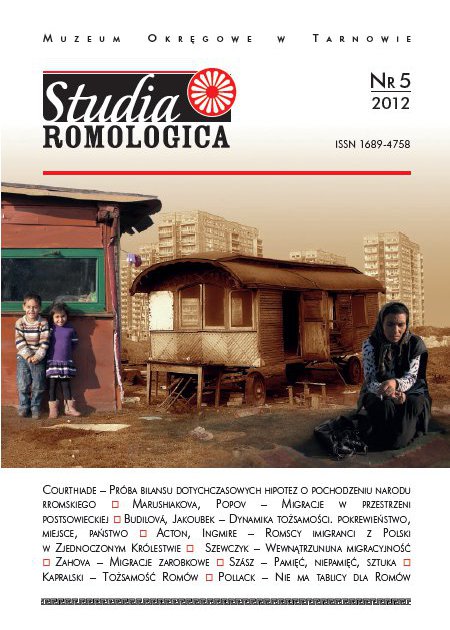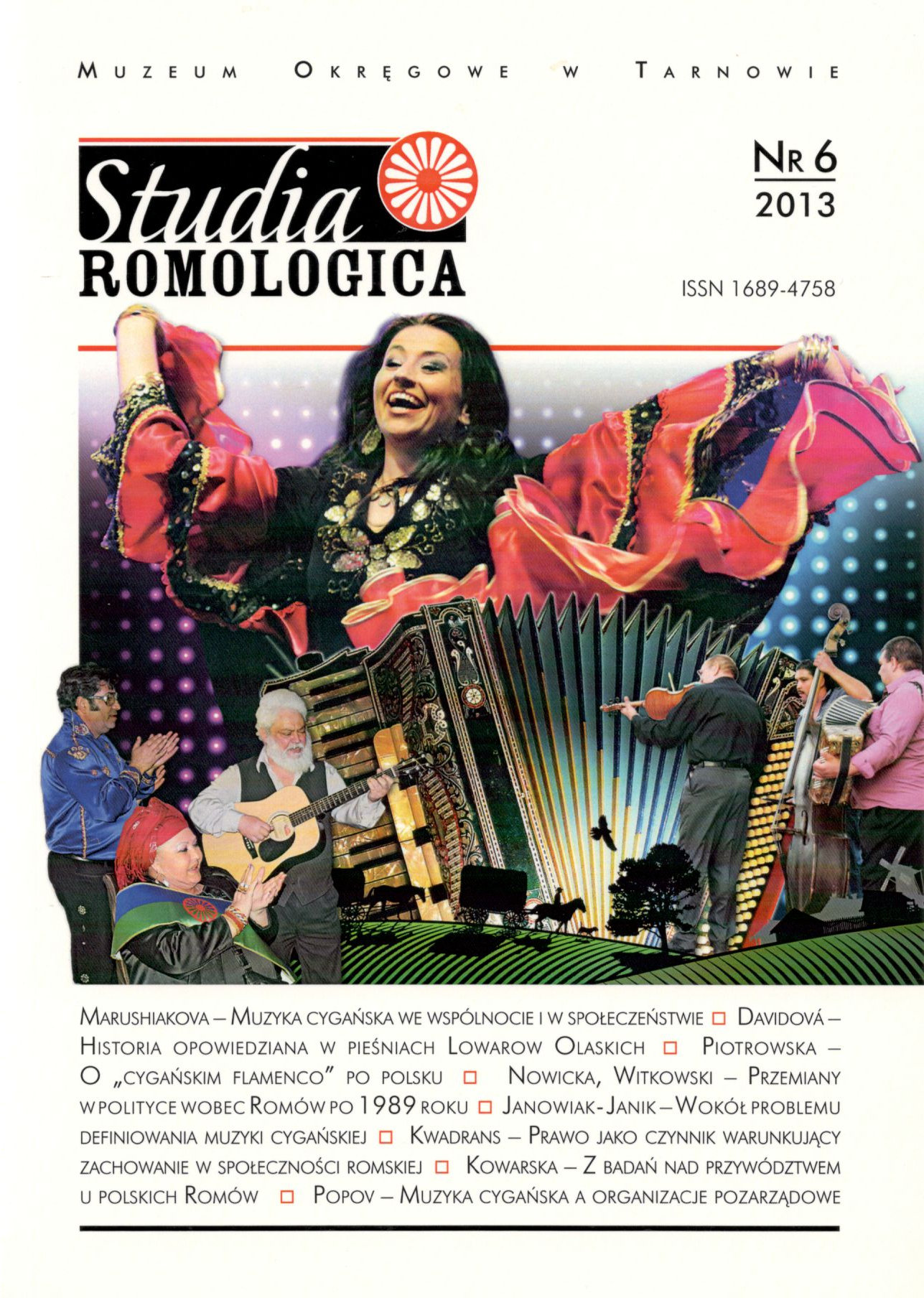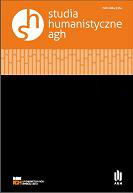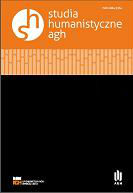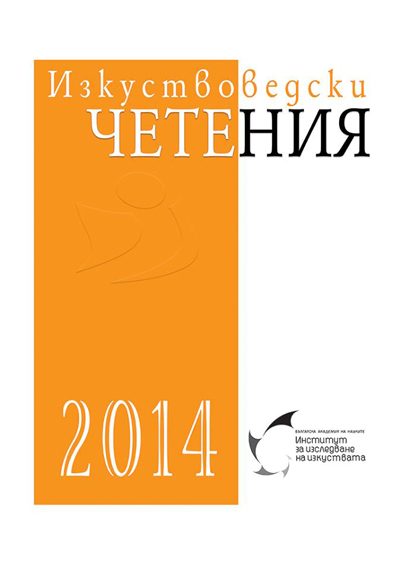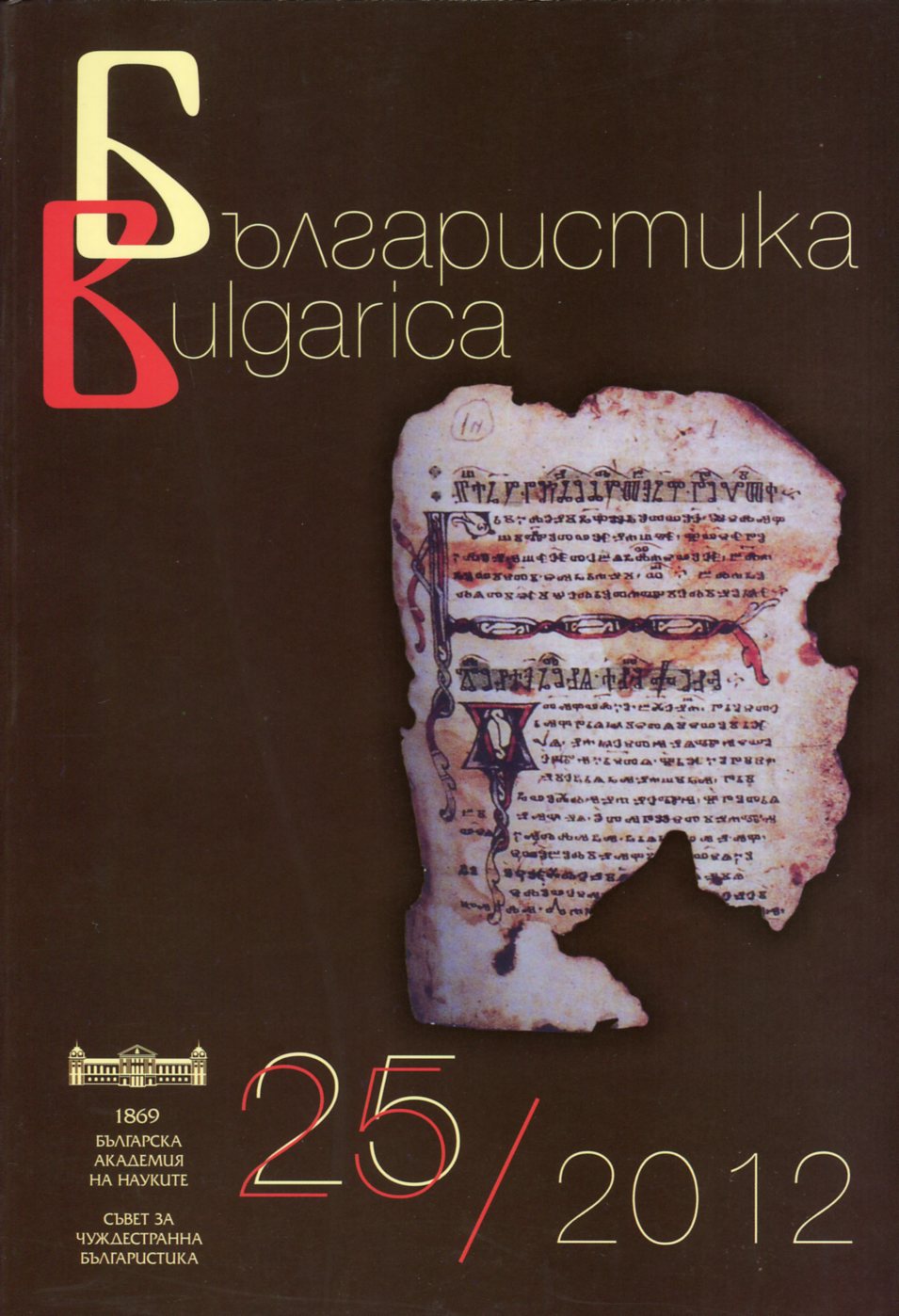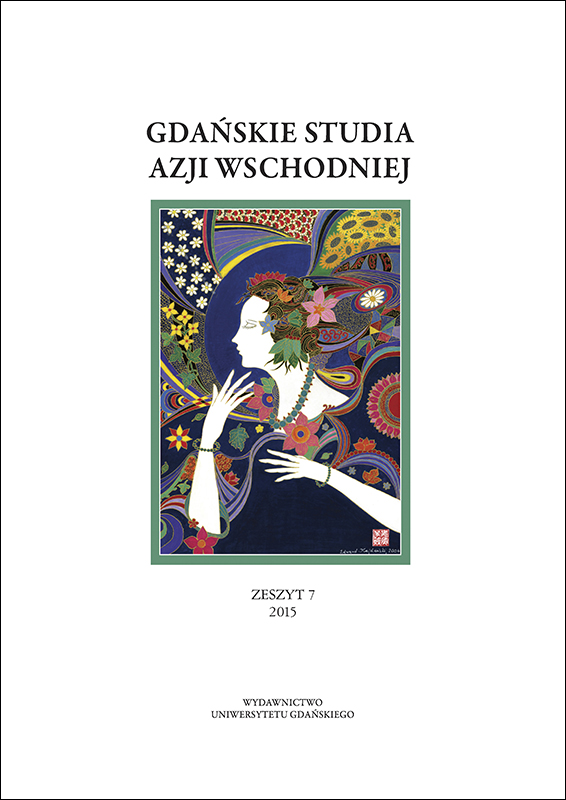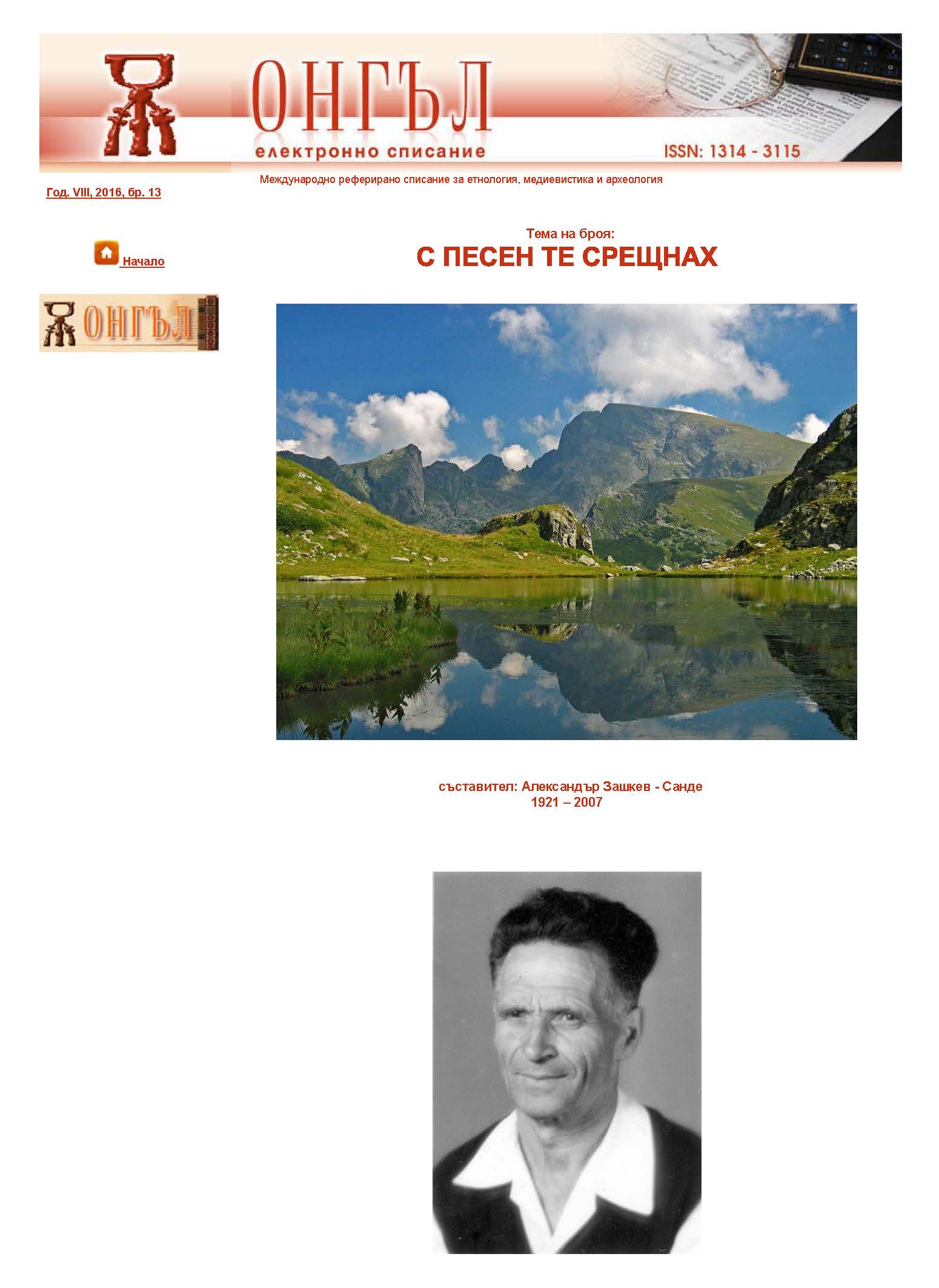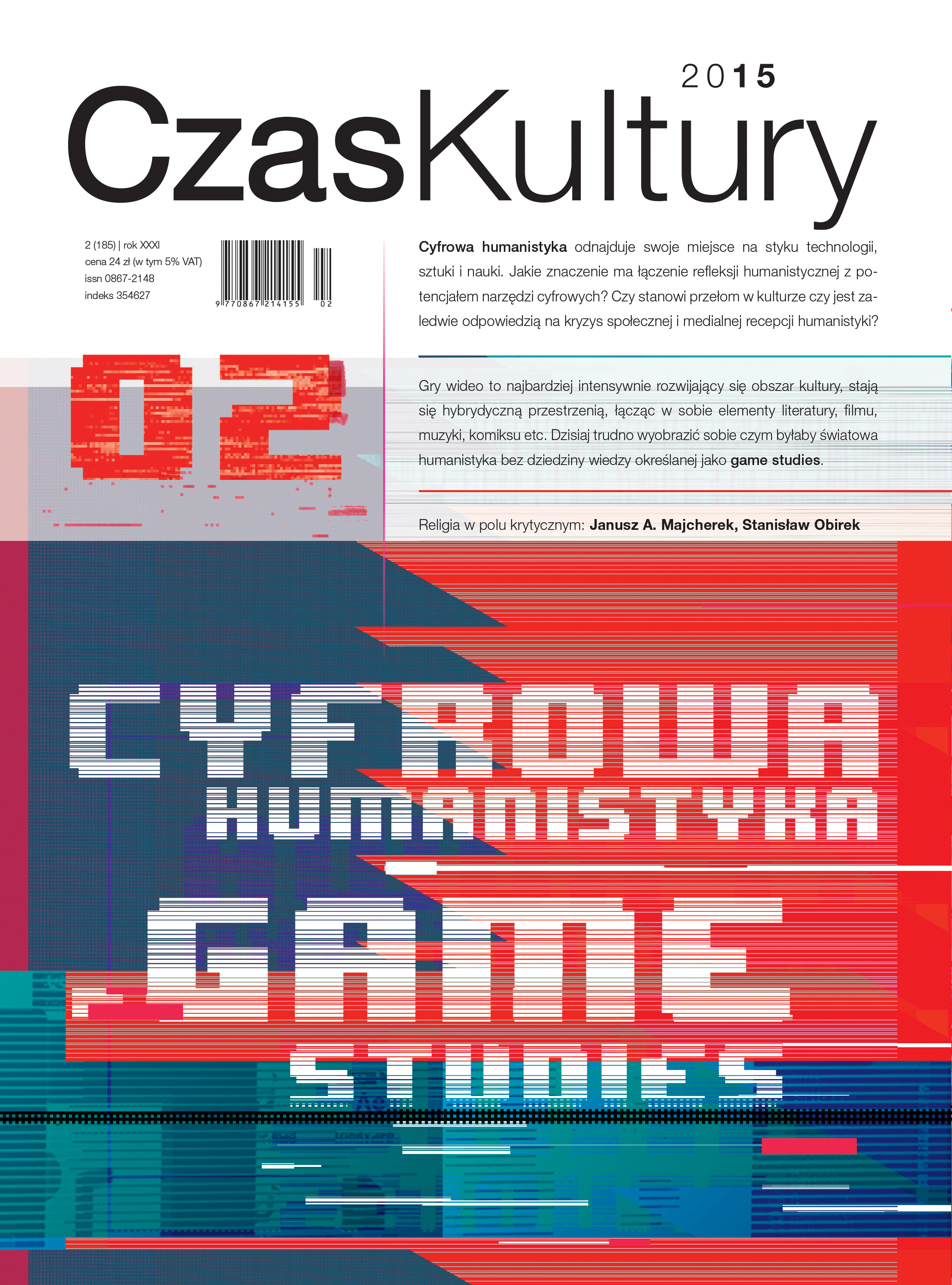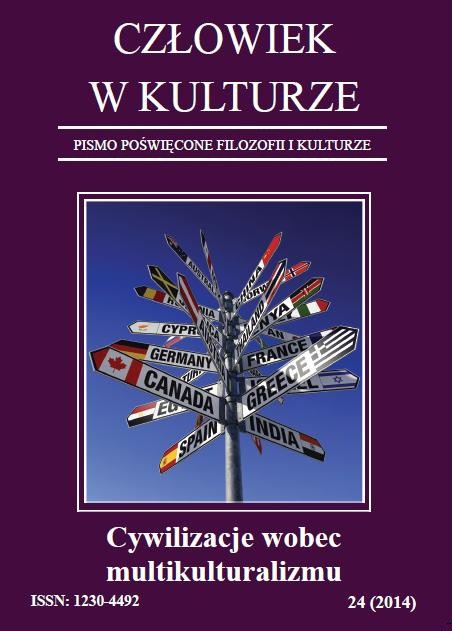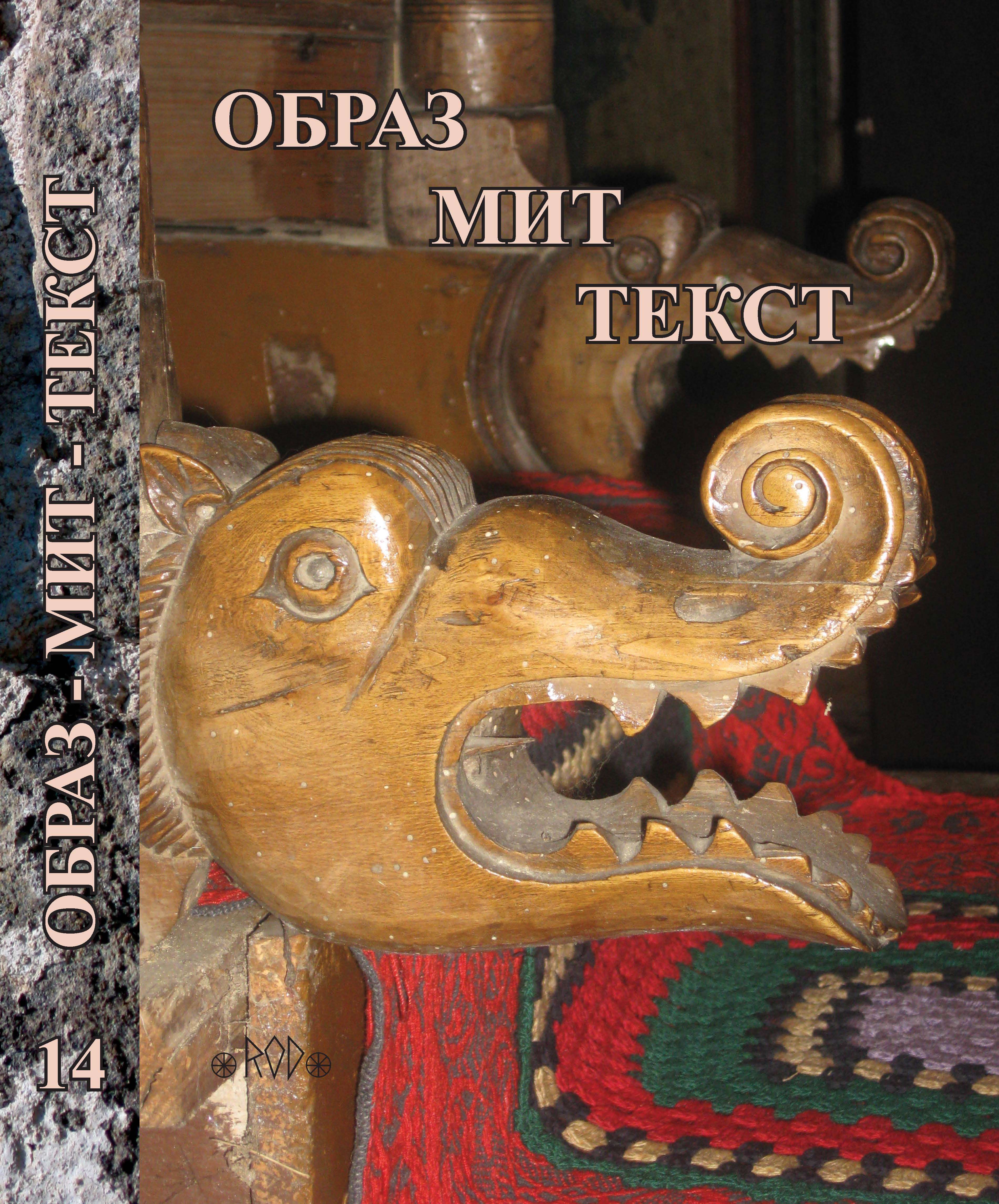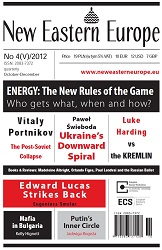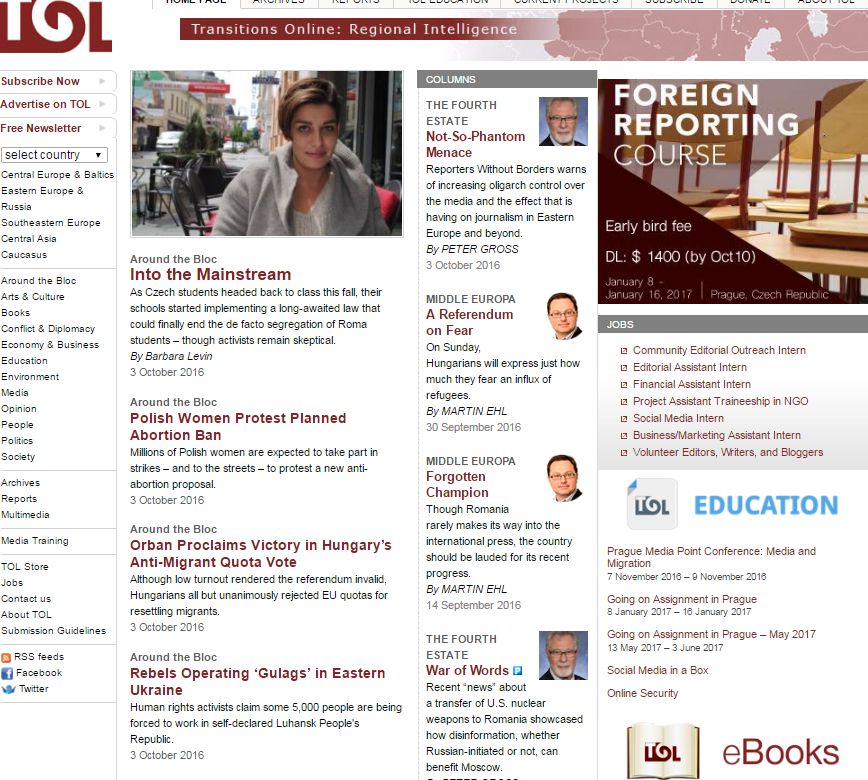Tematska ozbiljnost dijaloga Branka Ćopića i teatra
Trideset godina od smrti je bilo 2014. a 365 dana kasnije sto godina od rođenja Branka Ćopića. Ta činjenica je plod dvije čudne simbioze u nastanku i samo fizičkom nestanku pisca, koji je obilježio jedno i književno, a i teatarsko vrijeme. Dijalog između literature i teatra uspostavlja predstava kao kolektivni čin i scensko ovaploćenje djela. Ispoljene ≪opasnosti≫ po konačnu pozorišnu umjetničku kreaciju postoje ako se radi o dramatizacijama velikih djela i značajnih autora. Vrlo realna je mogućnost da neko veliko djelo svojom grandioznošću nadvlada teatarski čin. U takvom stanju se ogleda i dominantno prisutna tematska ozbiljnost dijaloga Branka Ćopića i teatra. Komadi koji su producirani na bosanskohercegovačkim profesionalnim scenama, a koji su rađeni po djelima Branka Ćopića imali su svoj intenzivan kazališni život sve do devedestih godina XX vijeka. Pslije toga gotovo dvodecenijski zastoj. Život i djelo Branka Ćopića su se negdje podudarali, tako da je moguće sačiniti kratku Ćopićevu biografiju gotovo isključivo da se bude vođeno naslovima njegovih djela. Ćopić poetskim realizmom, a kazališni stvaraoci teatarskim znakom su Bosansku krajinu ≪čehovljevski zapečatili≫, a Grmeč učinili velikim poetskim, odnosno dramskim simbolom.
More...

